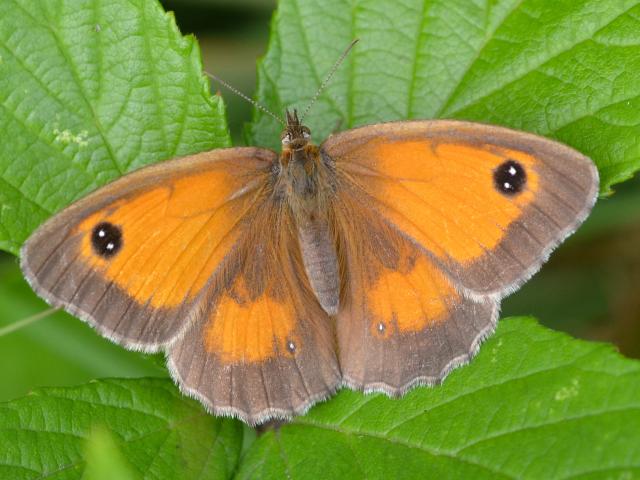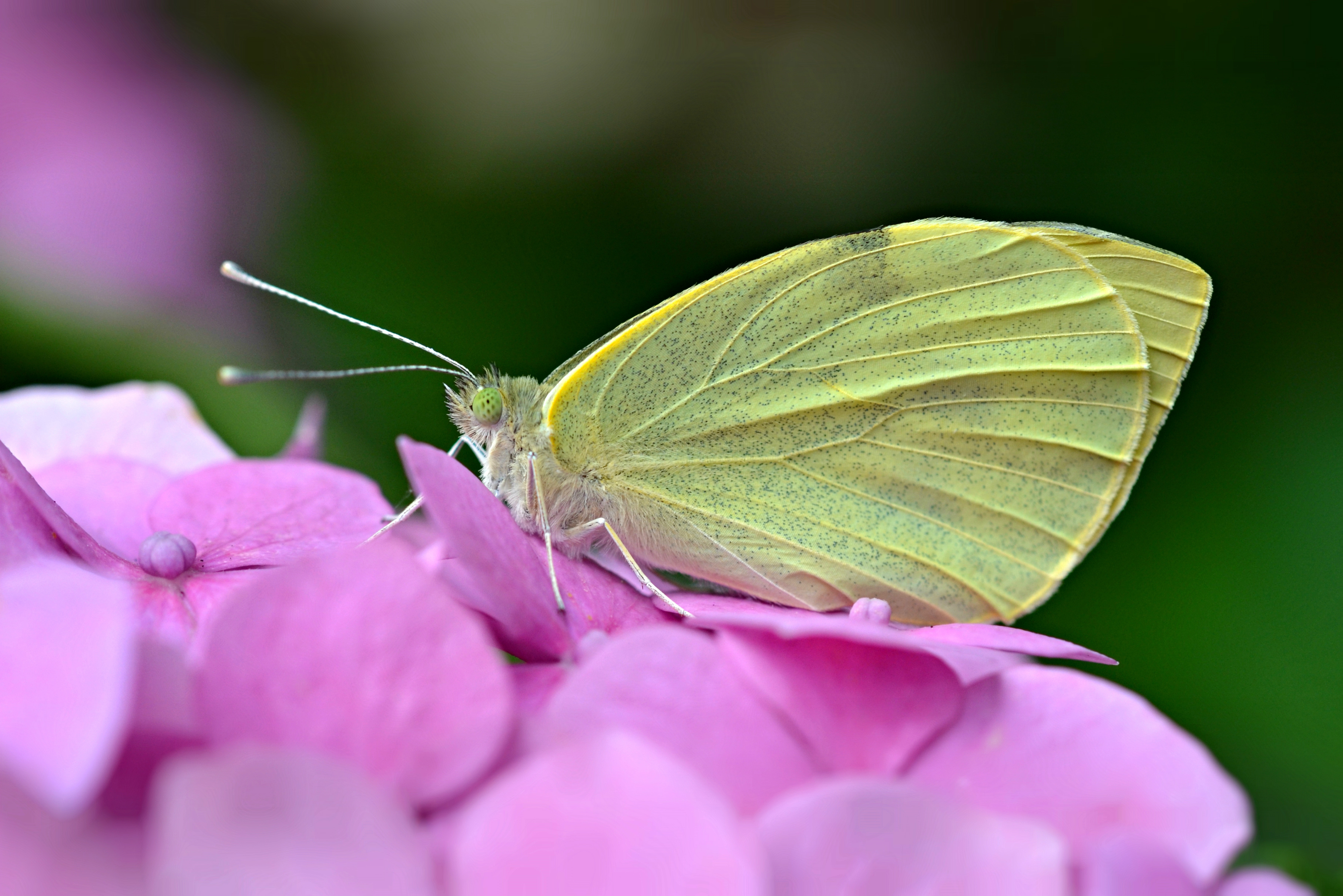Big Butterfly Count 2020 sees lowest numbers of butterflies recorded in 11 years.
Wildlife charity Butterfly Conservation has today released data about the number of butterflies counted in this year’s Big Butterfly Count (17th July – 9th August 2020). Worryingly this summer’s Count has seen a reduction in the average number of butterflies logged per count of -34% in comparison with 2019 and the lowest average number of butterflies logged overall since the event began eleven years ago. In all, during this year’s Big Butterfly Count, over 1.4 million butterflies were counted across the UK.
Dr Zoë Randle, Senior Surveys Officer at Butterfly Conservation said: “Unfortunately, this summer has not seen an abundance of butterflies, across the UK. We do see peaks and troughs of butterfly numbers each year (last year for example we saw a huge influx of migrant Painted Lady butterflies), so the data from the Big Butterfly Count is an important snapshot which, along with our other monitoring schemes, helps our understanding of the rates of decline of butterflies and moths”.
She went on to say: “Coming so shortly after the recent WWF and UN reports on the global biodiversity crisis these 2020 results illustrate the perilous state of wildlife in the UK. However, the fact that so many people take part in this exciting citizen science initiative is encouraging and makes a huge difference to our understanding of how the natural world is responding to the crisis it is in. Now we need to see initiatives both here and across the world to put nature on a path to recovery”.

“The fall in butterfly numbers this summer may be due to a number of factors. An unusually warm spring led many species to emerge earlier than usual. So we may have only caught the tail-end of the flight period for many species during this year’s Big Butterfly Count. It’s important to look at butterfly trends over longer periods, so our scientists will be using these results alongside our other datasets to get a clearer understanding of what is happening."
Encouragingly, 2020 also saw the highest number of butterfly sightings ever submitted by the general public with 111,628 participants submitting a record-breaking 145,249 counts this year, an increase of 25% on 2019. It seems that, in a very dark and challenging year, the opportunity for getting out into nature and helping as citizen scientists was very welcome to people who were able to participate in the Count this year. Butterfly Conservation is thrilled the event was enjoyed by so many people.
While the decline of ecosystems across the world is a cause for great concern, it’s also possible to see the power of joint positive action in this year’s Big Butterfly Count. As more and more people take an interest in nature and submit their sightings Butterfly Conservation can continue its research and work to protect butterflies, moths and the environment through closer understanding of the issues they face and finding the solutions to help.
Butterflies and moths are incredibly valuable indicators of the health of our environment. Their declines show not only the effects of human behaviour on the world around us but also the changing patterns of our weather. As well as being important and beautiful creatures in themselves, they play key roles in the ecosystems of birds, mammals, invertebrates and plants as food, population controllers and pollinators. Their conservation is vitally important.
Julie Williams CEO of Butterfly Conservation says: “A huge thank you to everyone who took part in the Big Butterfly Count this year. This important data is so valuable to our ongoing and vital research helping us to understand what is happening to our butterflies and moths so we can take focused action to protect these fantastic insects and conserve them for future generations.”
If you enjoyed participating in the Big Butterfly Count, why not continue counting the species you see all year round? Download our free iRecord Butterflies app and start sharing your sightings. Every sighting counts in the struggle to save our butterflies.
Plus, play your part in protecting our planet and BE your own Butterfly Effect. Click here to discover 10 ways you can make a difference today, including changing how you eat, shop, garden and even enjoy nature itself.
SPECIES RESULTS UK – BIG BUTTERFLY COUNT 2020
|
Big Butterfly Count 2020 UK |
Abundance |
Ave per count |
% Change from 2019 |
|
|
1 |
Large White |
268,925 |
2.03 |
+44% |
|
2 |
Small White |
260,434 |
1.97 |
+7% |
|
3 |
Gatekeeper |
188,866 |
1.43 |
-14% |
|
4 |
Peacock |
163,351 |
1.23 |
-42% |
|
5 |
Meadow Brown |
146,273 |
1.1 |
-2% |
|
6 |
Red Admiral |
82,534 |
0.62 |
-33% |
|
7 |
Small Tortoiseshell |
56,105 |
0.42 |
-41% |
|
8 |
Common Blue |
34,762 |
0.26 |
+9% |
|
9 |
Ringlet |
34,577 |
0.26 |
-18% |
|
10 |
Comma |
30,856 |
0.23 |
-29% |
|
11 |
Green-veined White |
30,127 |
0.23 |
-33% |
|
12 |
Speckled Wood |
29,971 |
0.23 |
-33% |
|
13 |
Holly Blue |
23,519 |
0.18 |
+48% |
|
14 |
Small Copper |
20,423 |
0.15 |
+40% |
|
15 |
Brimstone |
11,771 |
0.09 |
-1% |
|
16 |
Six-spot Burnet |
11,073 |
0.08 |
-36% |
|
17 |
Marbled White |
9,054 |
0.07 |
-38% |
|
18 |
Painted Lady |
8,368 |
0.06 |
-99% |
|
19 |
Silver Y |
2,360 |
0.02 |
-70% |
|
|
Total |
1,413,349 |
10.66 |
-34% |
Full UK and Country-specific results from the Big Butterfly Count can be accessed here.
2019 Big Butterfly Count results


